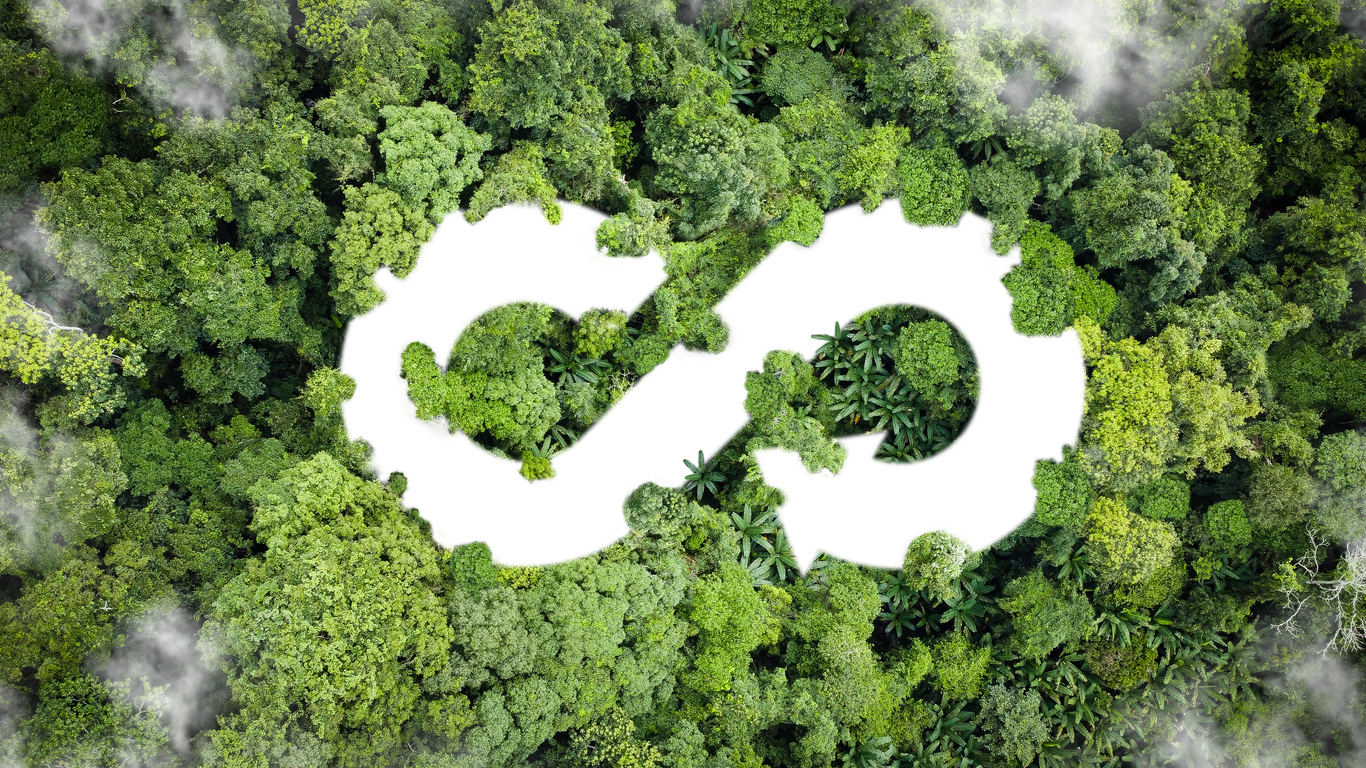The rise of circular economy practices: Transforming waste into wealth

In 2024, the circular economy is emerging as a powerful and transformative trend in sustainability. This innovative approach is not only altering how businesses operate but is also redefining our understanding of consumption and production. By shifting from a traditional linear model to a circular one, we can address critical issues like waste, resource depletion, and environmental degradation.
The circular economy offers a fresh alternative to the conventional “take-make-dispose” model. Rather than following a linear path—where resources are extracted, products are manufactured, and then discarded—the circular economy emphasises extending the life of products, maximising resource use, and minimising waste.
At its core, the circular economy advocates for designing products that are durable, easily repairable, and upgradeable. It promotes the recovery and reuse of materials from used products, integrating them back into the production cycle. This approach minimises waste through practices such as recycling and refurbishing, transforming what was once considered waste into valuable resources. Additionally, it encourages new business models, such as product-as-a-service, where customers pay for the use of a product rather than owning it outright.
Several factors are driving the momentum behind circular economy practices. Environmentally, this approach significantly reduces the impact on our planet by lowering landfill waste and reducing the need for raw material extraction. This shift helps cut greenhouse gas emissions and conserves resources, contributing to climate change mitigation.
Economically, the circular economy presents new opportunities. Businesses often experience cost savings in materials and waste management while also spurring innovation and creating job opportunities, particularly in the recycling and repair sectors. The growing consumer demand for sustainable products aligns well with circular economy practices, making them attractive to eco-conscious shoppers. Furthermore, regulatory pressures are increasingly supporting circular practices, with governments implementing policies and incentives that encourage businesses to adopt sustainable models.
However, transitioning to a circular economy involves overcoming several challenges. Effective recycling and resource recovery depend on advanced infrastructure and technology, which require significant investment. Additionally, changing consumer habits towards sustainability necessitates education and awareness, as businesses need to communicate the benefits of circular practices effectively. The economic viability of circular models may also require substantial upfront investments and adjustments to existing business operations. Comprehensive policies and incentives are needed to fully support and scale these initiatives.
Looking ahead, the circular economy represents a fundamental shift in how we approach sustainability. By reimagining production and consumption, we can create a more resilient and sustainable future. As businesses, consumers, and policymakers increasingly embrace circular principles, we move closer to a world where waste is minimised, resources are maximised, and environmental impact is significantly reduced. Embracing circular economy practices calls for collaboration and innovation, allowing us to transform waste into valuable resources and paving the way for a more sustainable and prosperous future.

